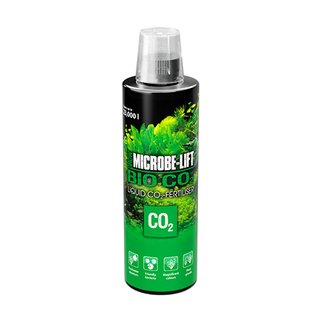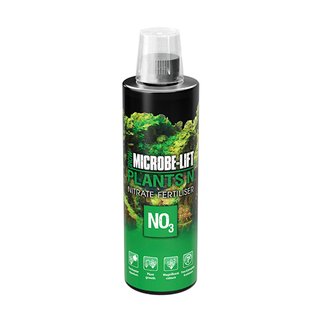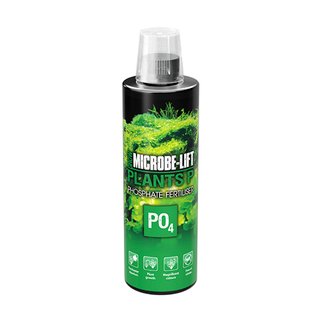Plants NPK is a specially developed complete plant fertiliser for all aquatic plants.
Plants NPK ensures of the unique ingredients magnificent, healthy and strong plants and outstanding root growth.
Plants NPK effectively prevents nitrogen, phosphorus and potassium deficiencies in your aquatic plants.
NPK fertiliser solution – 0.43 + 0.1 + 1.34
0.43% N total nitrogen (0.43% nitrate nitrogen);
0.1% P2O5 water-soluble phosphate;
1.34% K2O water-soluble potassium oxide
Dosage incl. dosage calculator
|
Your aquarium |
l
|
|
|---|---|---|
| Aquariums with lots of light | 5 ml per 100 L of water per day |
ml
|
| Aquariums with little light | 2 ml per 100 L of water per day |
ml
|
| Aquariums without CO2 | 5 ml per 100 L of water per week |
ml
|
Dosage:
Aquariums with lots of light:
5 ml per 100 liters of water per day
Aquariums with little light:
2 ml per 100 liters of water per day
Aquariums without CO2:
5 ml per 100 liters of water per week
For optimal results, the dosage can be increased or decreased depending on the aquarium. Dosing can be done more often in densely populated aquariums.
5 ml to 100 liters of water increase the water parameters as follows:
Nitrate (NO3). . . . . . . . . . . . . . . 0,43 mg/l
Phosphate (PO4) . . . . . . . . . . . . 0,1 mg/l
Potassium (K). . . . . . . . . . . . . . . 1,34 mg/l
Magnesium (Mg). . . . . . . . . . . . 0,1 mg/l
Sodium (Na) . . . . . . . . . . . . . . . 0,16 mg/l
FAQ Questions and answers
Holey plants and dying leaf tissue (necrosis) are typical signs of a potassium deficiency. Initially, these can only be recognized as dark spots with yellow edges, later the necrosis appears over a large area. The growth of new leaves can also be inhibited.
The optimum potassium content in a freshwater aquarium is 5 - 10 mg/L. To effectively prevent a potassium deficiency, use our potassium fertilizer Plants K. This is free of nitrate and phosphate, prevents a potassium deficiency in the long term and supports lush plant growth.
A lack of nitrate in your aquarium will result in pale, whitish or yellow discoloration of older leaves and reduced growth of new plants. A sign can also be the increased occurrence of brush algae.
The optimal nitrate content in a freshwater aquarium is 5 – 10 mg/L. To effectively prevent a nitrate deficiency, use our nitrate fertilizer Plants N. This is free of phosphate, prevents nitrate deficiency over the long term and supports metabolic processes.
A phosphate deficiency is shown by very slow plant growth, reduced shoot tips and discoloration of the plant leaves. The otherwise bright green usually turns very dark to violet. A phosphate deficiency can be identified particularly well in stem plants, as they usually grow very quickly.
The optimal phosphate content in a freshwater aquarium is 0.1 – 0.25 mg/L. To increase the PO4 value, use our phosphate fertilizer Plants P. This is nitrate-free, prevents a phosphate deficiency in the long term and supports metabolic processes.
- For maximum plant growth use Plants NPK in combination with our range of fertilisers.
- A greater density of plants prevents the emergence of algae in a natural manner.
- If nitrate, phosphate and potassium levels are too low, aquatic plants may stagnate in growth.





















